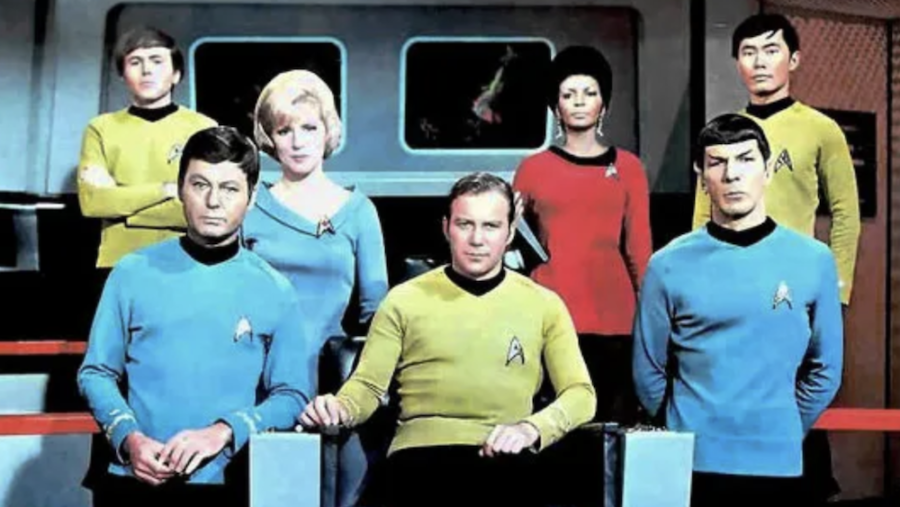Star Trek Writers Hated Pockets For Starfleet Members And Other Franchise Rules
And did the writers do a little too much LDS back in the sixties?

Star Trek entered the television landscape of the ’60s with lofty ambitions indeed. Gene Roddenberry’s vision presented a diverse and multicultural future where the various peoples of Earth had, by and large, outgrown their differences and united to explore the final frontier.
The show also aimed high in the sort of stories it strove to tell, recruiting gifted writers such as D.C. Fontana, Robert Bloch, Theodore Sturgeon, and David Gerrold to explore the human condition by setting the crew of the Star Trek Enterprise off to explore the non-human condition.
Excerpts from a 1967 Star Trek writer’s guide give some fascinating insights into the show’s goals, tone, and standing operating procedures.
The Star Trek pages included with this story came from a 31-page writer’s guide on display at the Houghton Library at Harvard.
Among other things, the full Star Trek guide introduces each of the main characters, calling Kirk a “space-age Horatio Hornblower.” You’ll have to boldly go there yourself if you want to read the whole thing, but the pages available online still have some interesting bits.

The first page above lays out the general shape and structure of a given episode of Star Trek, from the teaser to the multiple acts. For the most part, this stuff is common sense for any drama or action series — that first segment needs to entice the viewer and keep them around until after the commercial break. (They don’t call it a teaser for nothing.)
More specific to Star Trek is the tradition of opening the episode with Kirk’s captain’s log and an establishing shot of the planet or ship the Enterprise is focused on at the time. When you think about it, the captain’s log is a handy way of breezing through backstory and exposition, since they’re always succinct.

The next page has several amusing pointers for the prospective Star Trek writer, including the fact that the 23rd-century Starfleet doesn’t grant its people the use of pockets.
Instead, “When equipment is needed, it is attached to special belts.” Look, I try to follow Batman’s example as much as the next guy, but there are some things pockets just do better than anything else.
I don’t want my keys jangling around in the open when they could be quietly tucked away in a pocket. Where are Starfleet officers supposed to stick their hands while they’re awkwardly waiting in line at the DMV?
It’s also to see the notion of Star Trek’s “stardates” addressed. Fans and writers have been trying to sort out a way to make stardates consistent and logical for decades, but here the truth is honestly told: writers are instructed only to keep the dates consistent within a given episode, and not to worry about whether they track against dates from the rest of the series.
Star Trek Stardates are also explained to be “a mathematical formula which varies depending on location in the galaxy, velocity of travel, and other factors.” It sounds like a nightmare to keep track of, but then again Starfleet isn’t practical enough to keep pockets, so maybe we shouldn’t expect any better.

The third page is a multiple-choice quiz designed to test if the writer has sufficiently grokked Star Trek’s style. The answer, if you’re wondering, is the fourth one. Kirk’s not going to waste time hugging a yeoman when there are still seconds left in which he might find a way to save the Enterprise. Remember, this is the guy who doesn’t believe in the no-win scenario.
Finally, a section of “frequently asked questions” addresses both where to see advice for the show’s more technical aspects and a tongue-in-cheek statement about recreational drug use.












